SCI ALPINO | SCI ALL-MOUNTAIN | SCI DA DISCESA | SCI DA CARVING
MIGLIORI SCI ALPINI
Gli sci alpini sono progettati per lo sci in discesa su piste battute. Sono più corti e rigidi rispetto ad altri tipi, offrendo stabilità e controllo ad alte velocità. Perfetti per principianti ed esperti, gli sci alpini rendono lo sci facile e divertente!
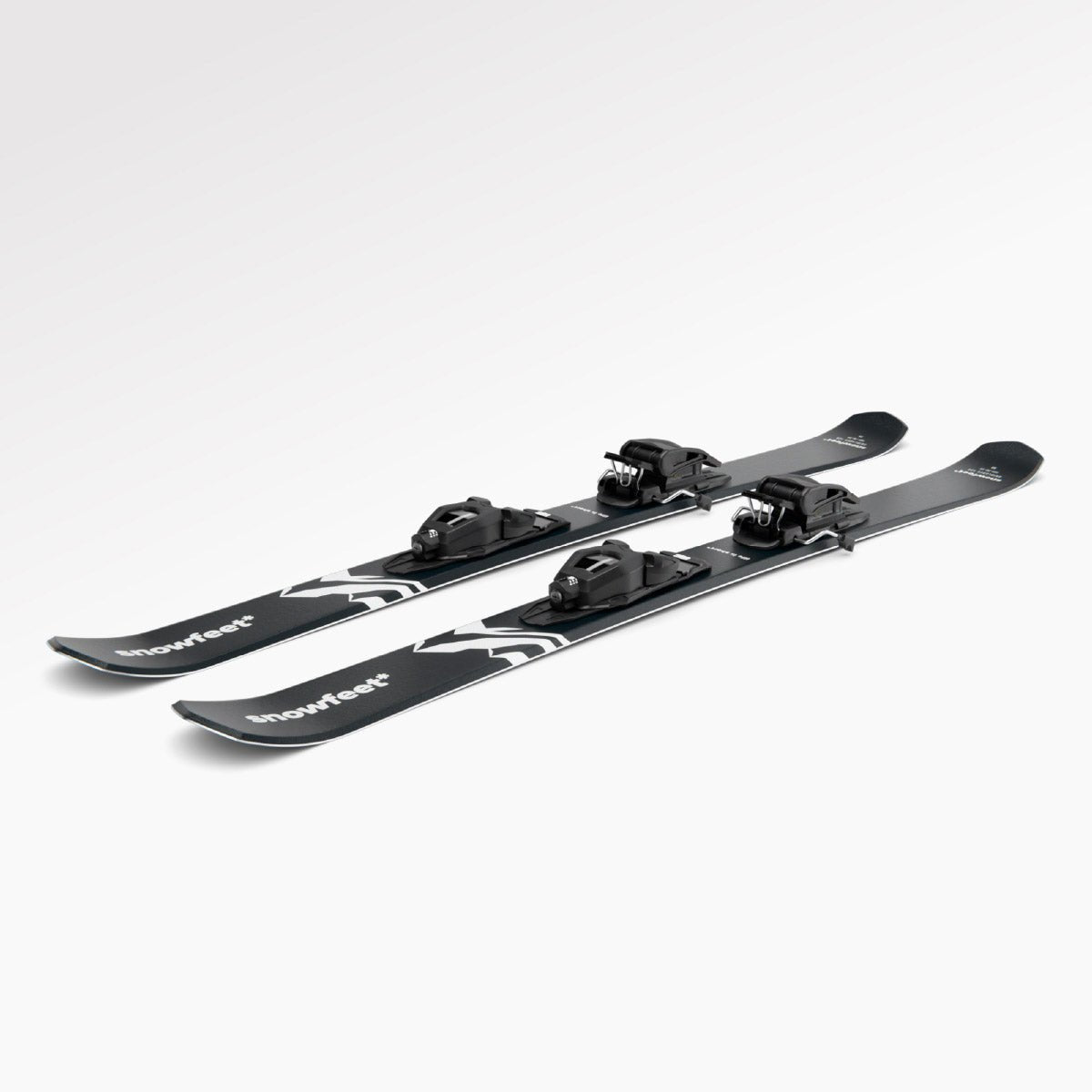

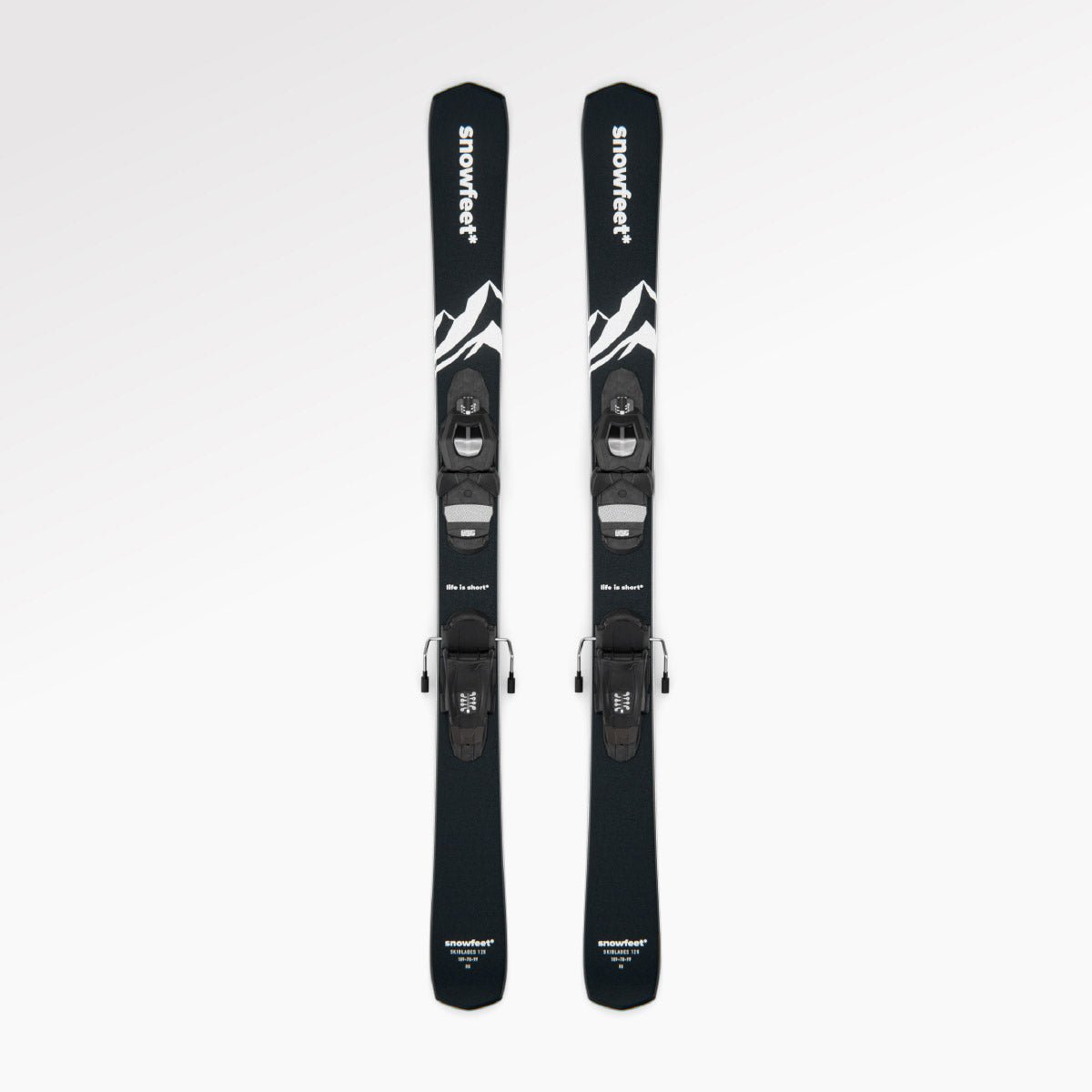
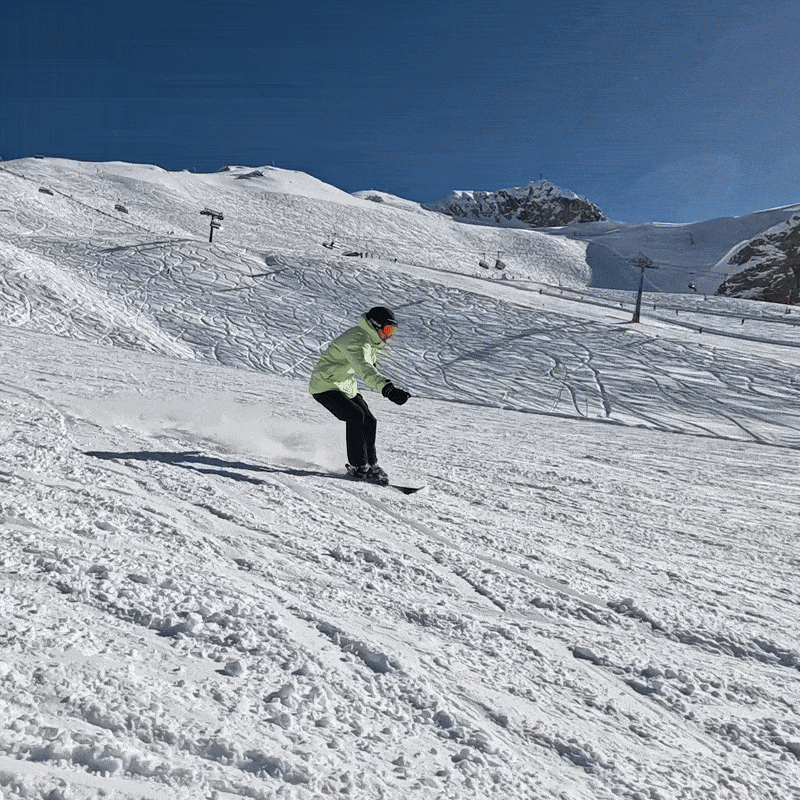


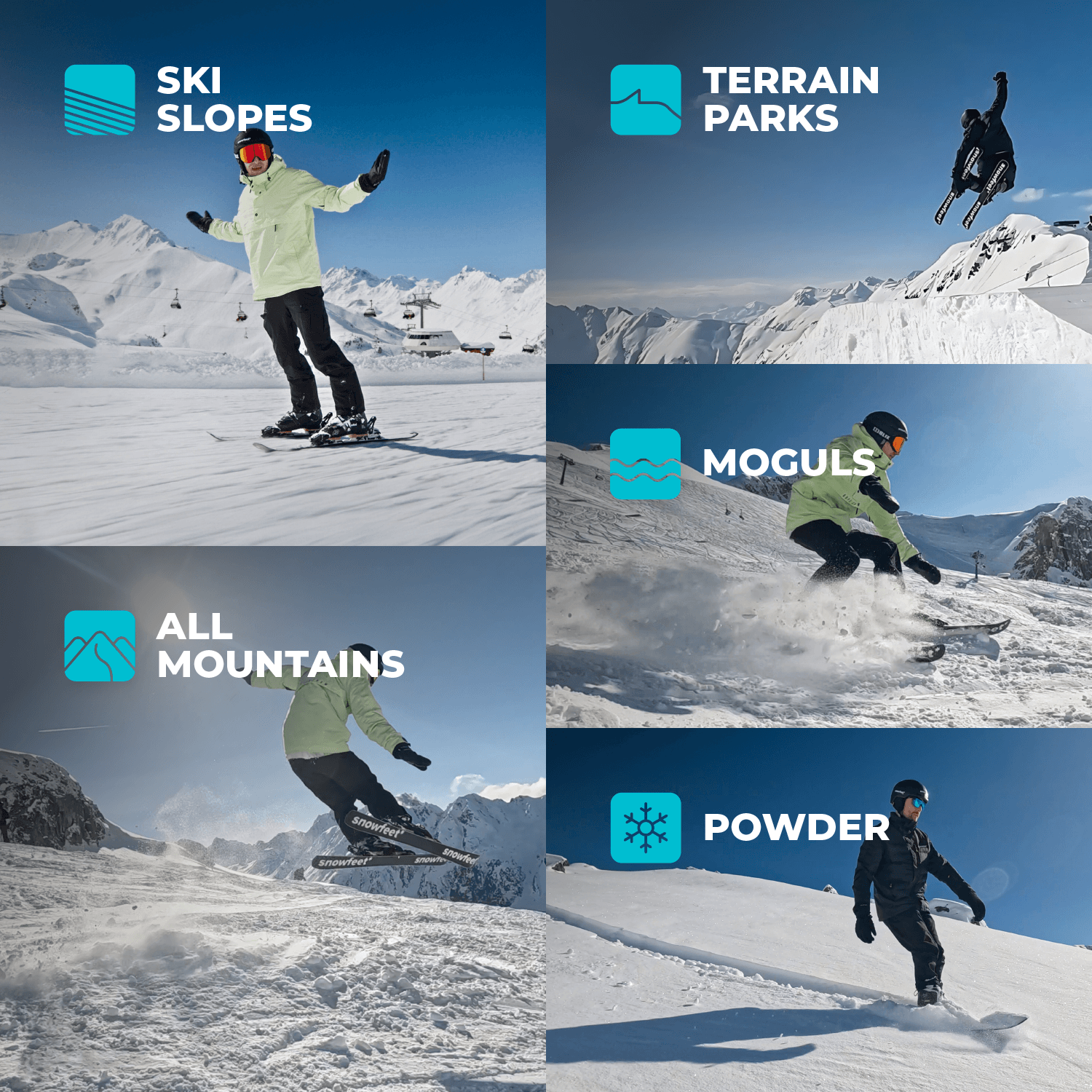

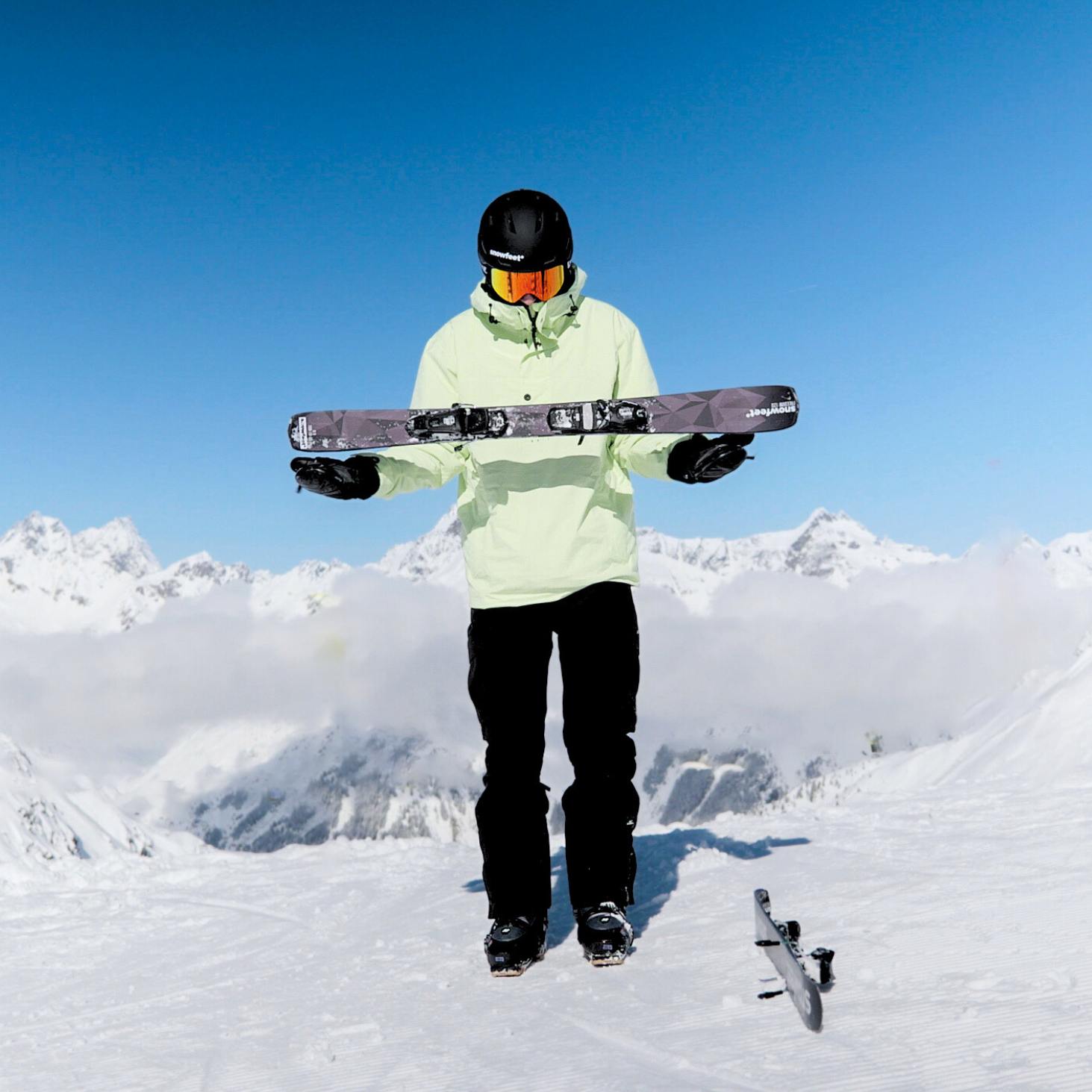
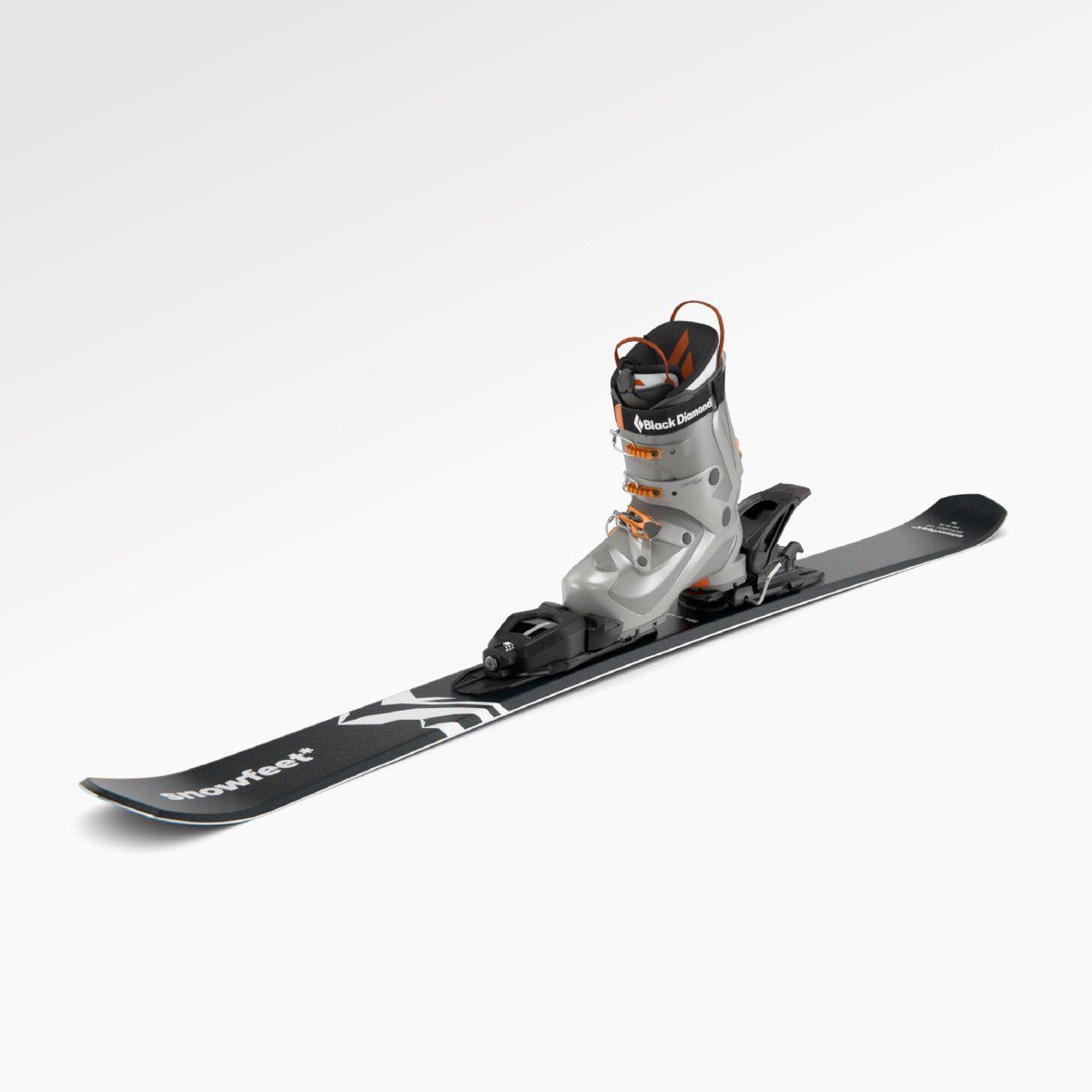


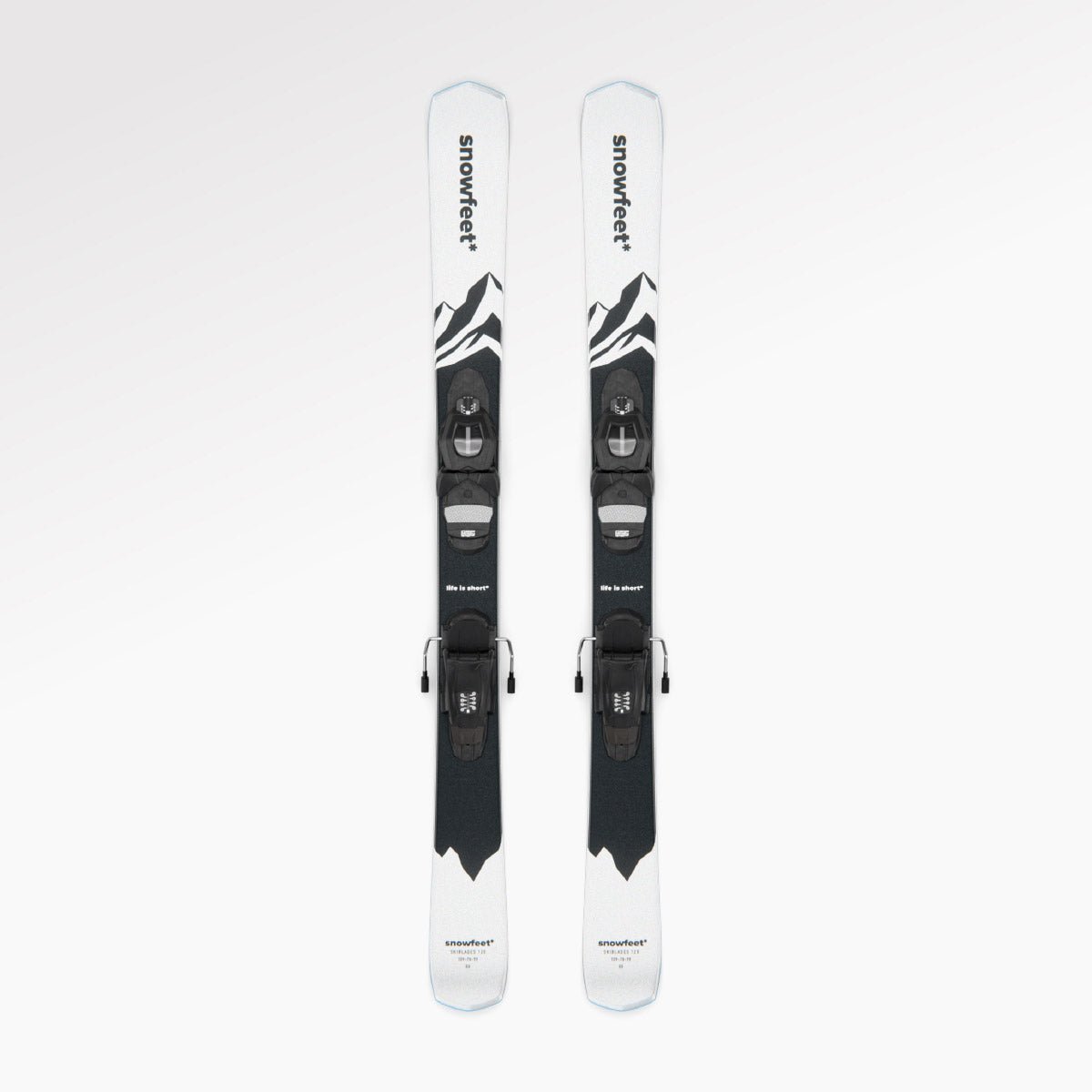
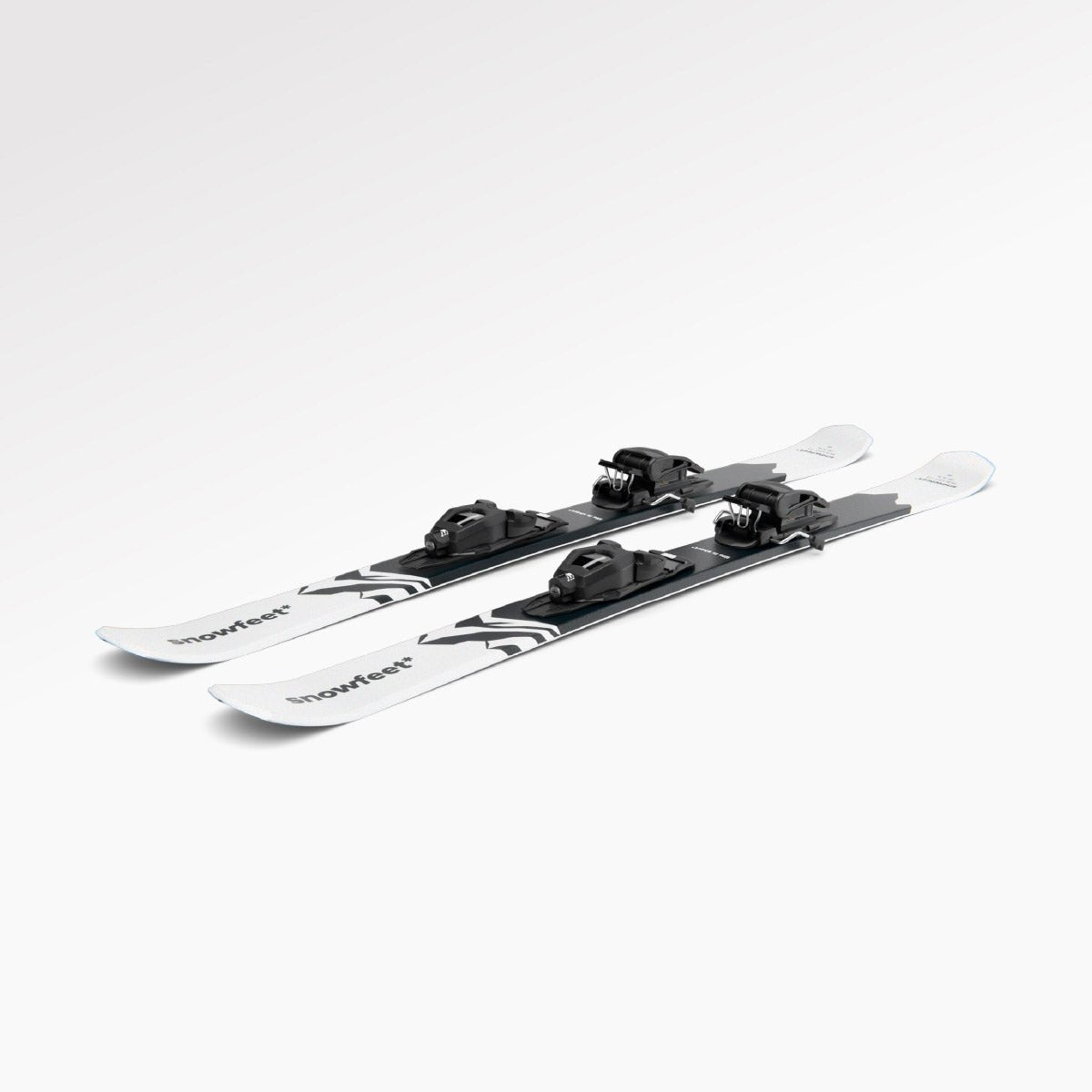

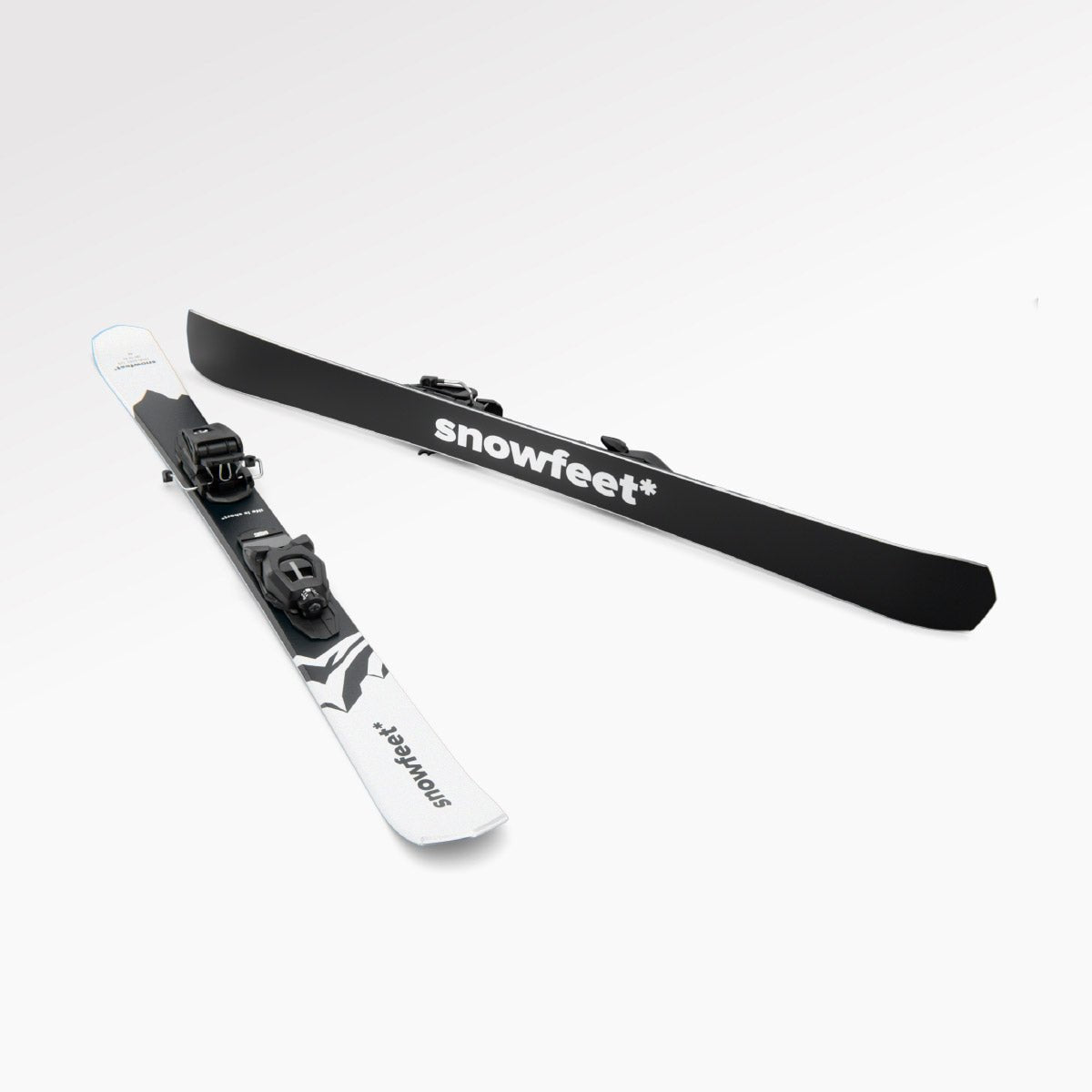




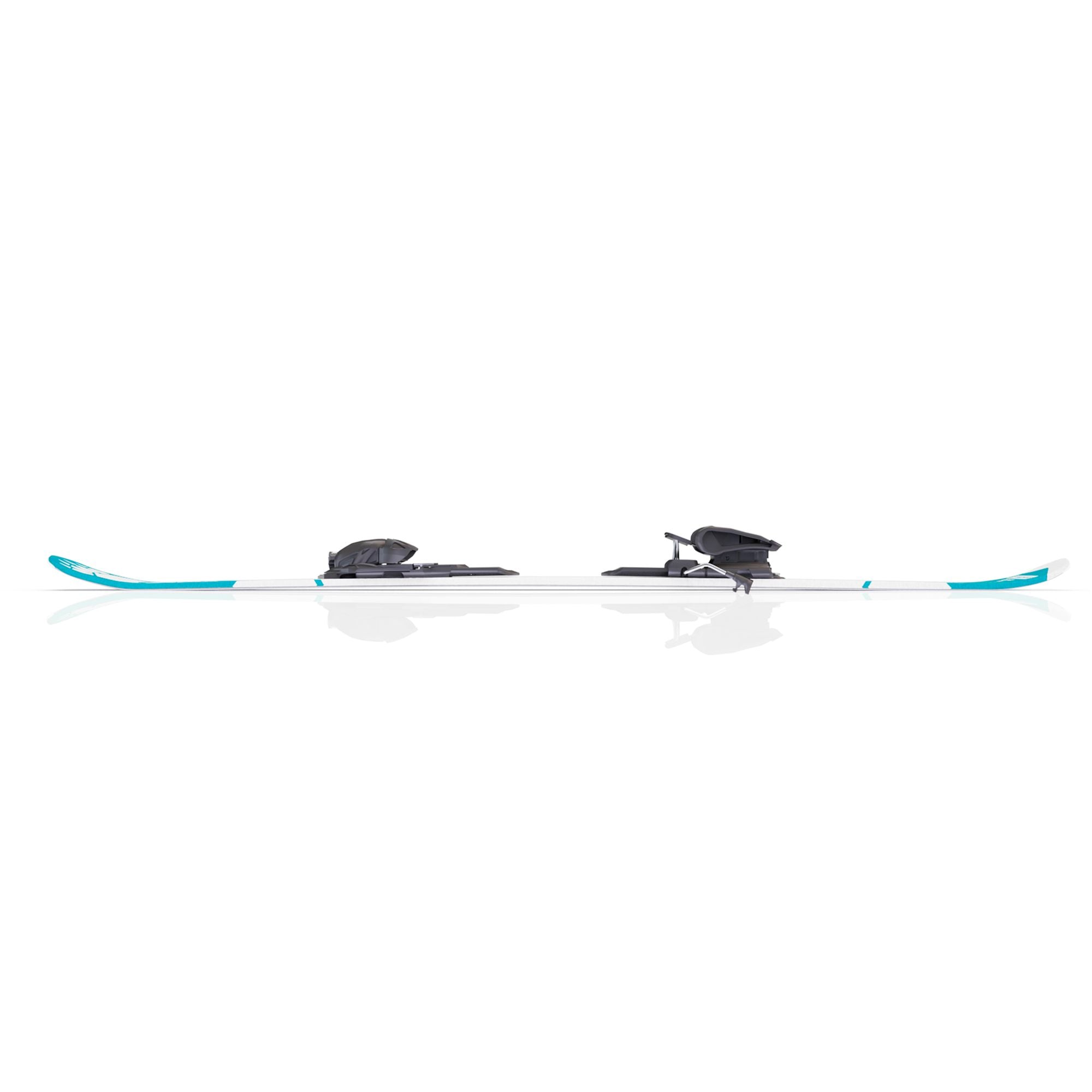

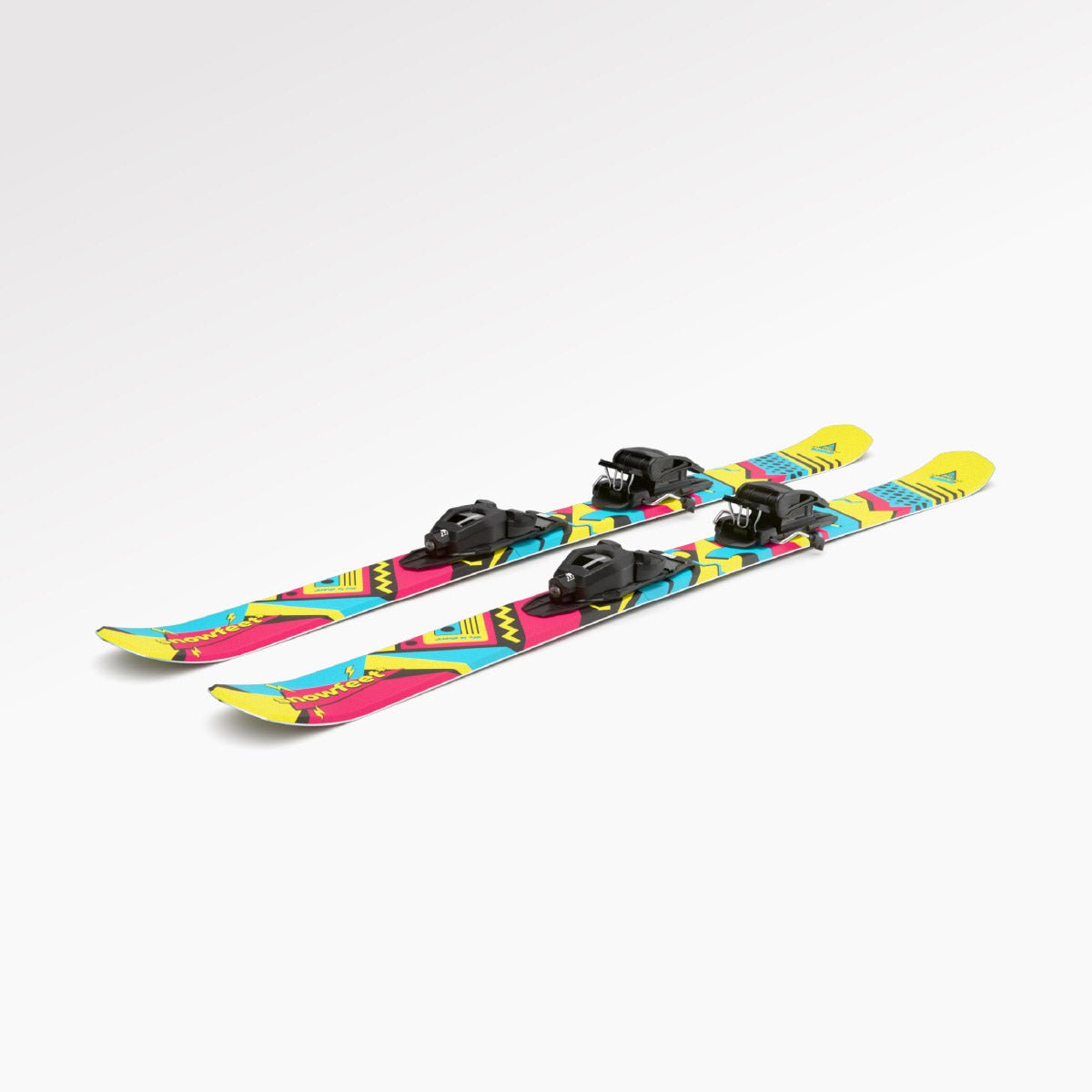
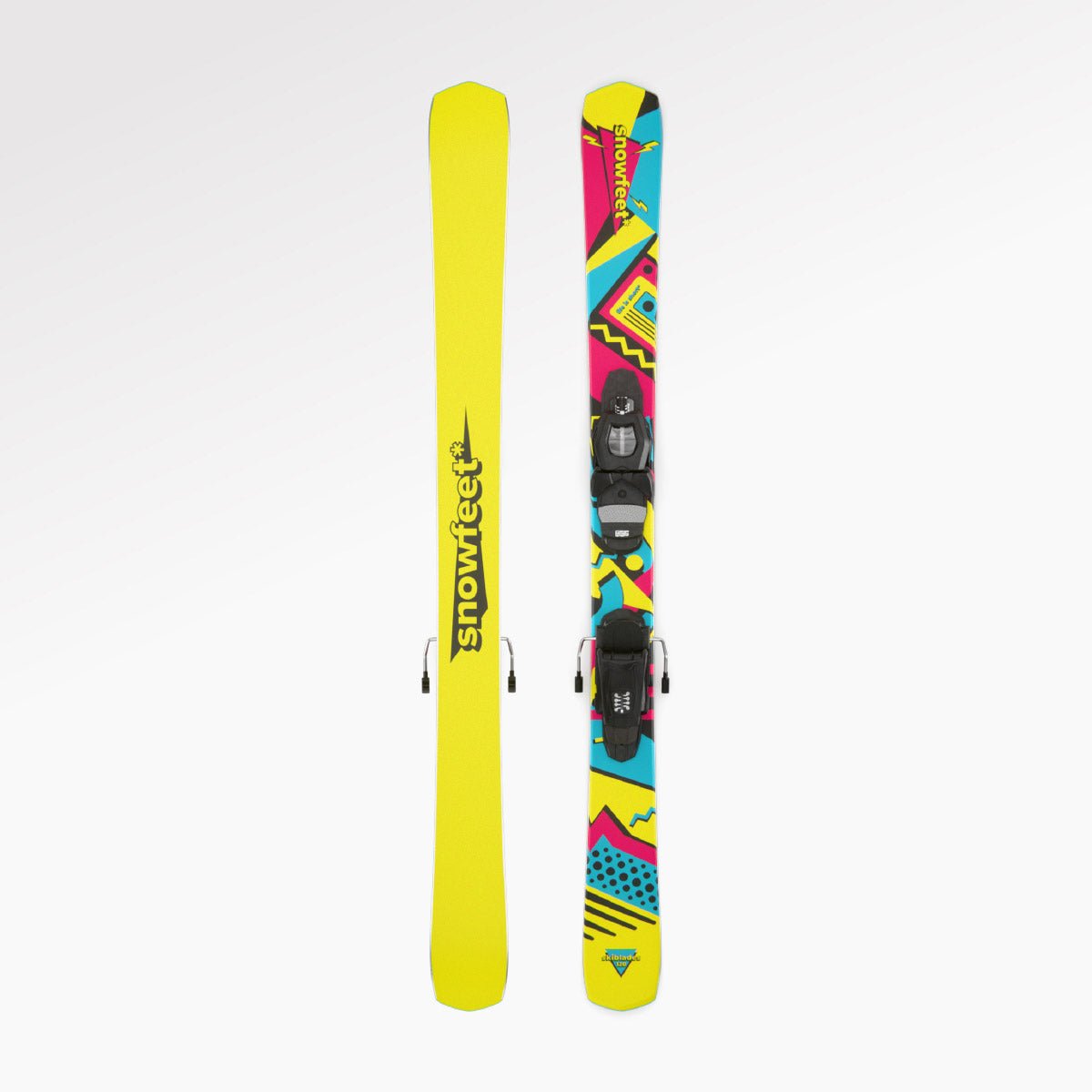



Questi mini sci corti da 120 cm sono il massimo divertimento che puoi avere in montagna come sciatore, e in più sono super facili da imparare! Gli skiblades portano un nuovo livello di controllo e libertà sulle piste. Leggeri, portatili e facili da usare, sono perfetti per sciatori di tutte le età e livelli di abilità. Questi skiblades sono fatti per il divertimento, con carving fluido, controllo facile e manovrabilità incredibile a differenza degli ingombranti sci lunghi. Chi ha detto che gli sci devono essere lunghi comunque?
Sono super divertenti per andare all'indietro, girare, saltare e fare ogni tipo di trick. La forma parabolica e la vita stretta (7,8 cm) permettono un carving veloce e reattivo, rendendoli ideali per piste, snowpark, gobbe e anche sentieri stretti.
Curva di apprendimento molto breve, facili da usare. Estremamente reattivi, leggeri ai piedi e facili da guidare rispetto agli ingombranti sci lunghi.
Facili da trasportare così puoi portarli ovunque.
Ideali per lo sci in discesa sulle piste e nei snowpark, e fantastici per ogni tipo di curve, salti e trick. Facili e divertenti da gestire su gobbe e terreni accidentati. Vai ovunque osi andare - ti permettono di accedere ad aree come sentieri stretti che non potresti goderti con sci lunghi.
Ottimi per principianti, intermedi e professionisti che vogliono godersi lo sci al massimo. Ottimi sia per bambini e adulti, adolescenti e istruttori di sci. Ideale per adulti che insegnano a sciare ai bambini perché permettono movimenti molto agili.
Per garantire la massima qualità duratura, questi skiblades sono fatti a mano con legno sostenibile.
Costruzione a cappuccio + anima in legno certificato sostenibile. Lame metalliche per un controllo facile. Basi in grafite - per grande velocità e durata. Taglio laterale parabolico profondo - per curve facili. Punte gemelle alte asimmetriche - ottime sia per la guida in avanti che all'indietro.

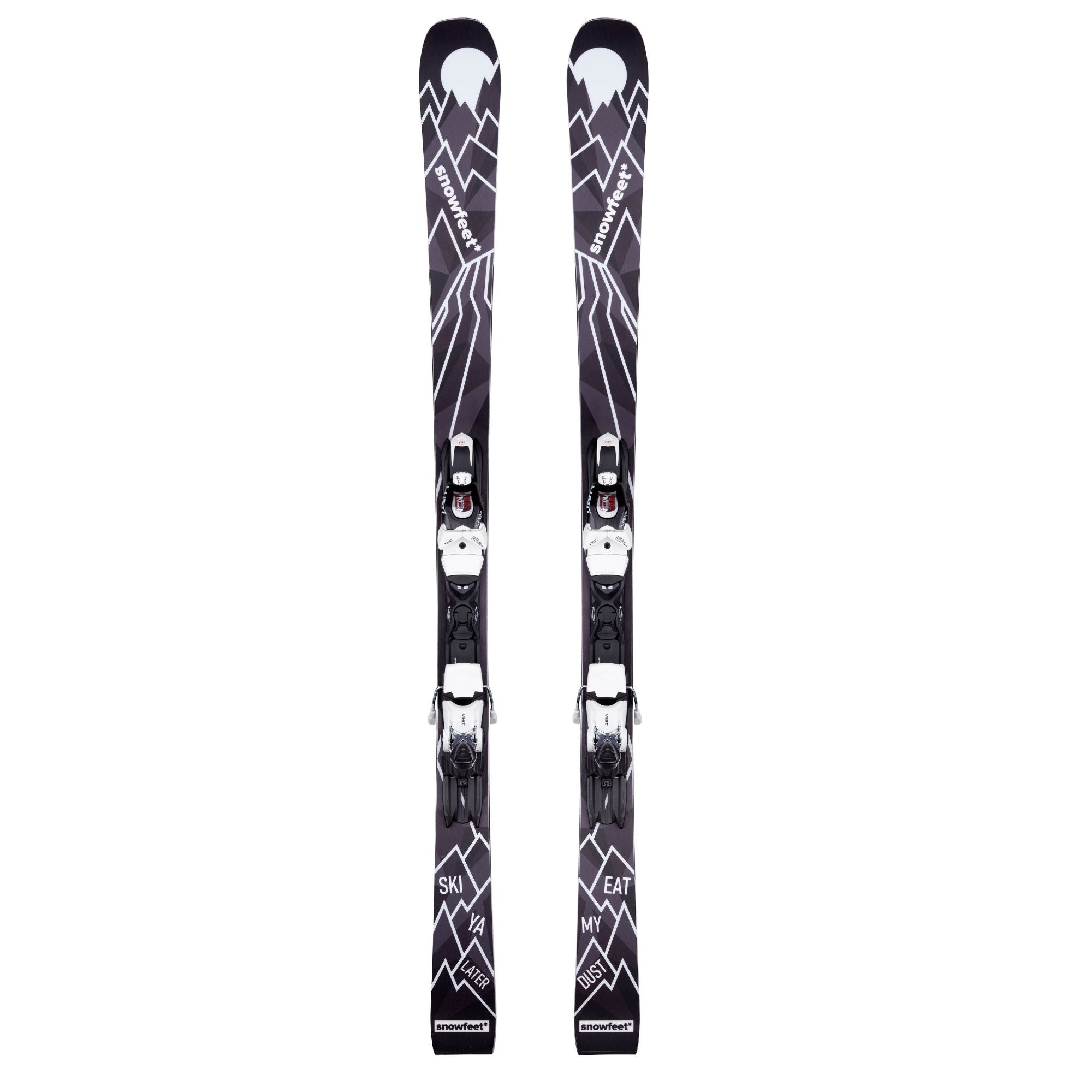


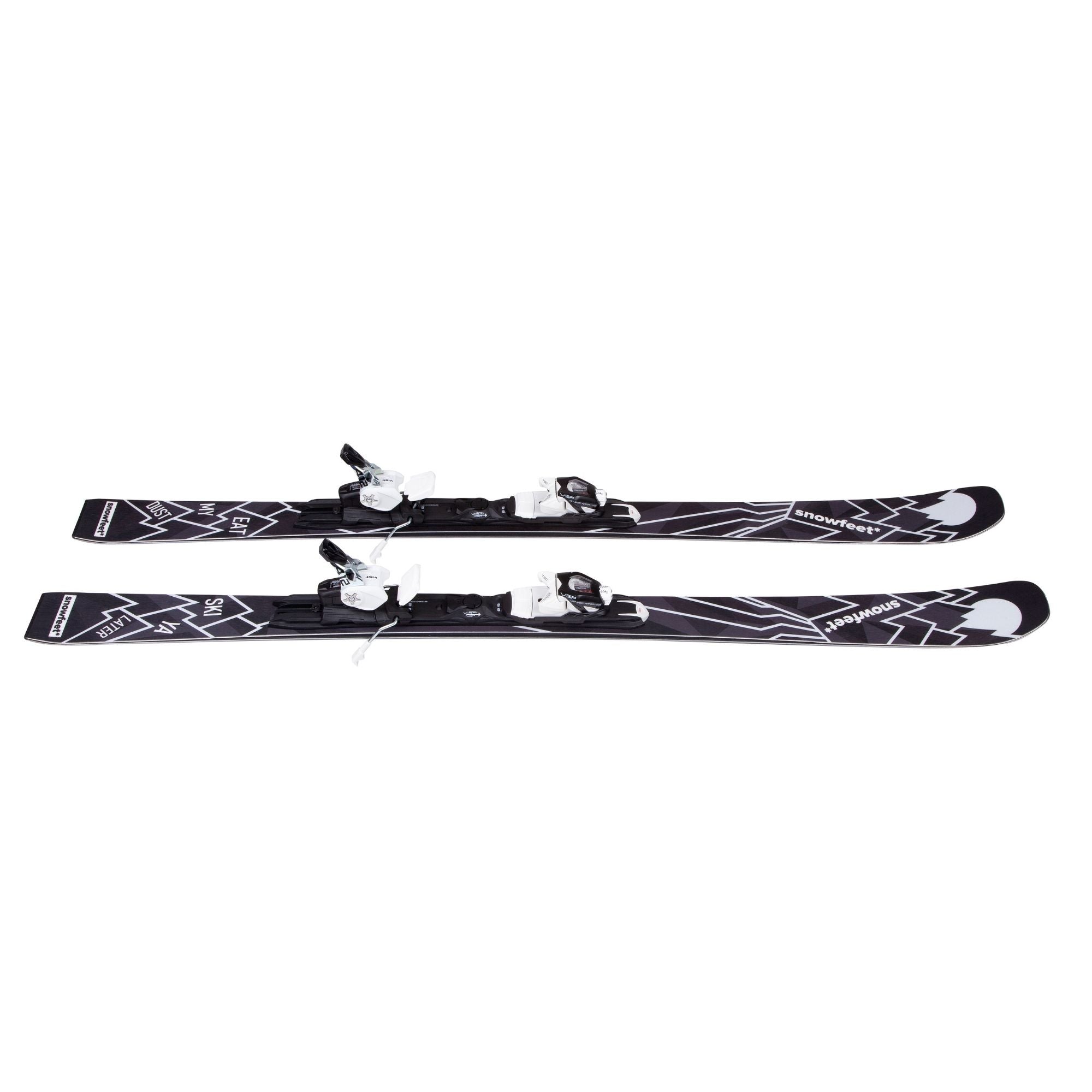

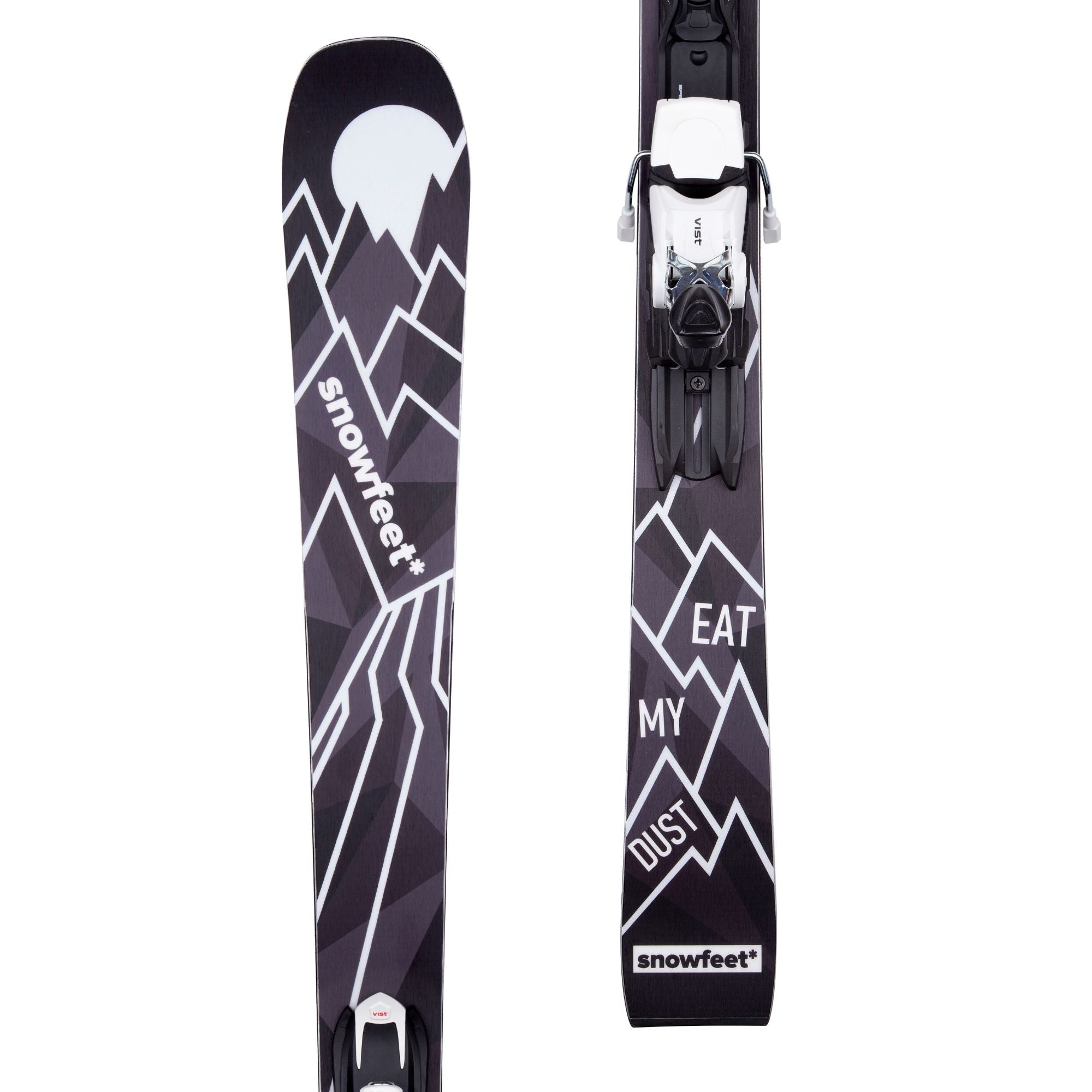
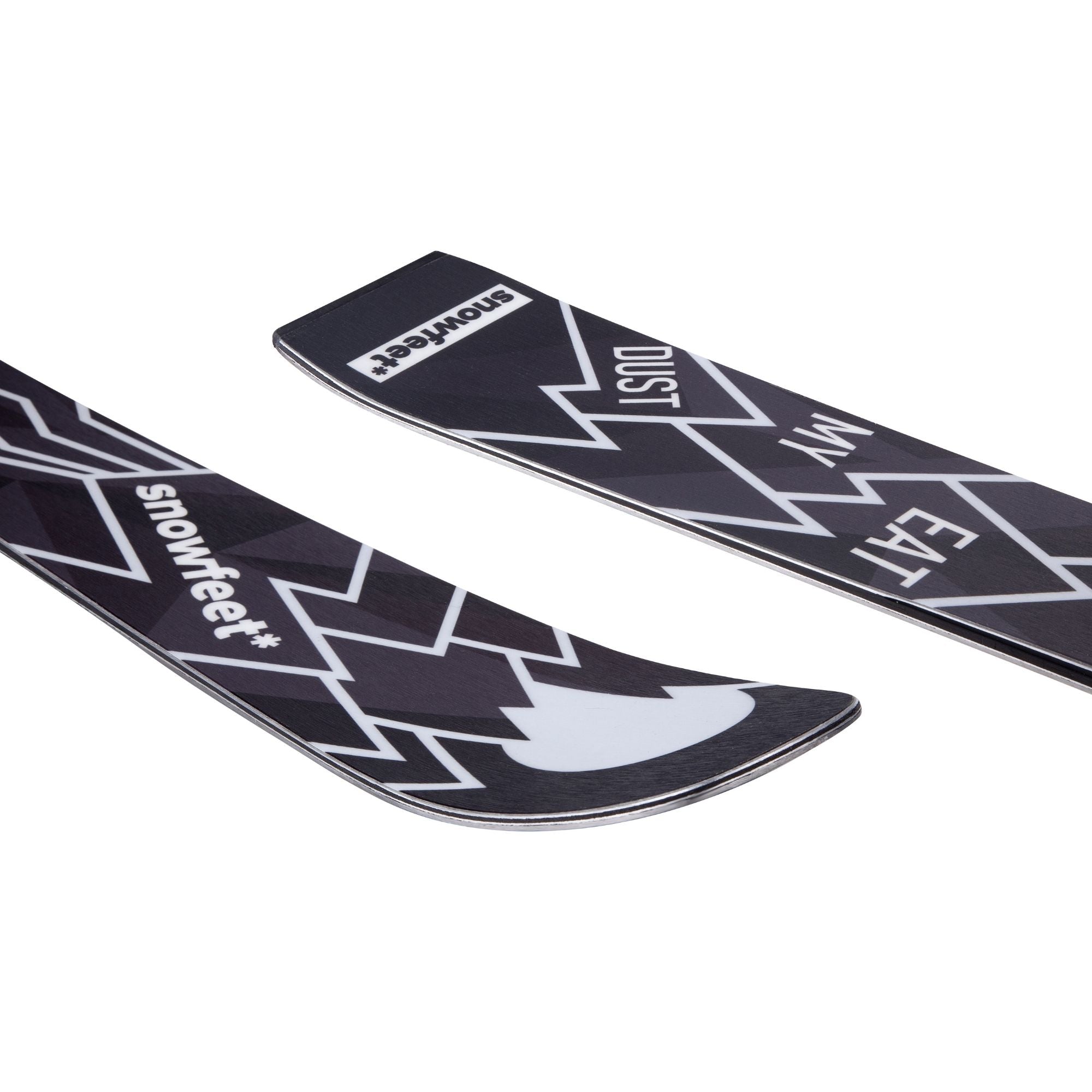
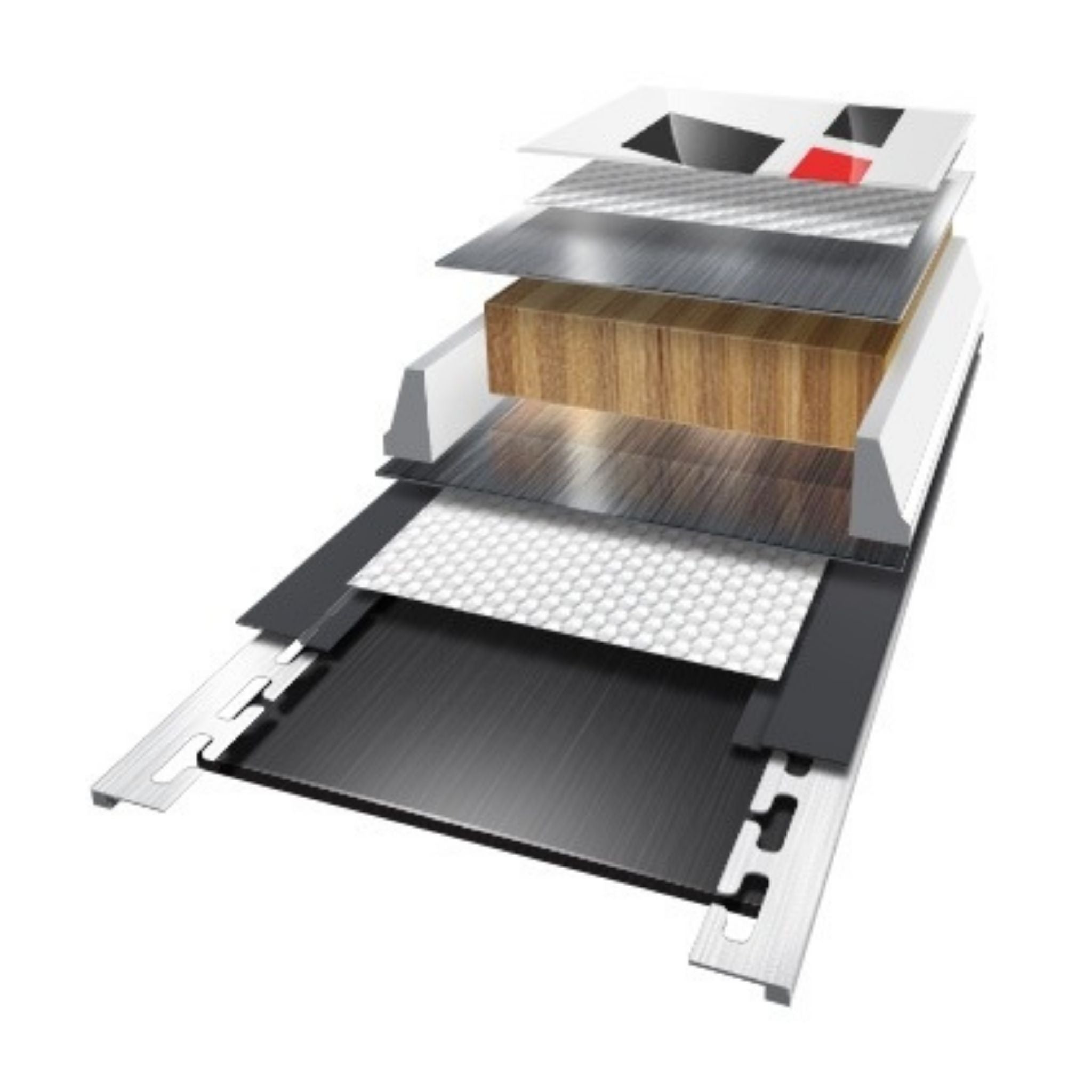
Grazie al suo design e ai suoi parametri, questo sci versatile è adatto a tutti i tipi di neve.

La composizione e la durezza del nucleo in legno sono le stesse degli sci della categoria PC con due lamine Titanal. Inoltre, questi sci hanno un piccolo rocker (camber inverso) sulla punta, che li rende più facili da iniziare a curvare.
Lavorazione:
87° dal lato
0,5° dal basso
Punto di montaggio per il montaggio opzionale dell'attacco (misurato dal tallone):
156 cm – 64,5 cm
Topsheet
Per la produzione di questi sci utilizziamo un topsheet in poliammide strutturata di qualità del più grande fornitore europeo ISOSPORT.
Nucleo
Gli sci sono realizzati con un nucleo in legno - multistrato di abete unidirezionale.

Bordi
Per questi sci abbiamo utilizzato lamine in acciaio di qualità, con una durezza di circa 48 ° HRC.
Base
Questi sci sono dotati di una base da gara sinterizzata di qualità del più grande produttore europeo ISOSPORT.
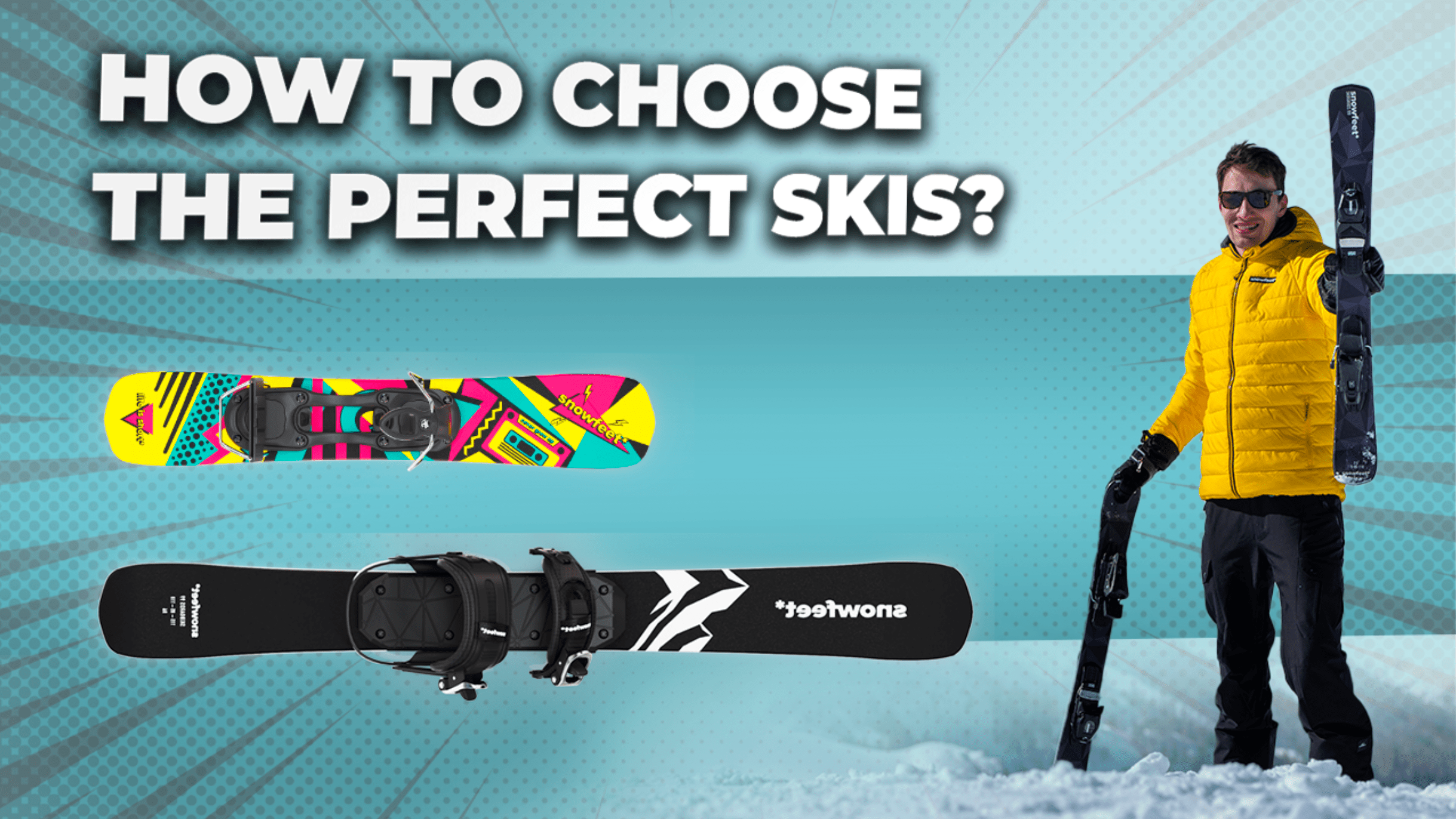
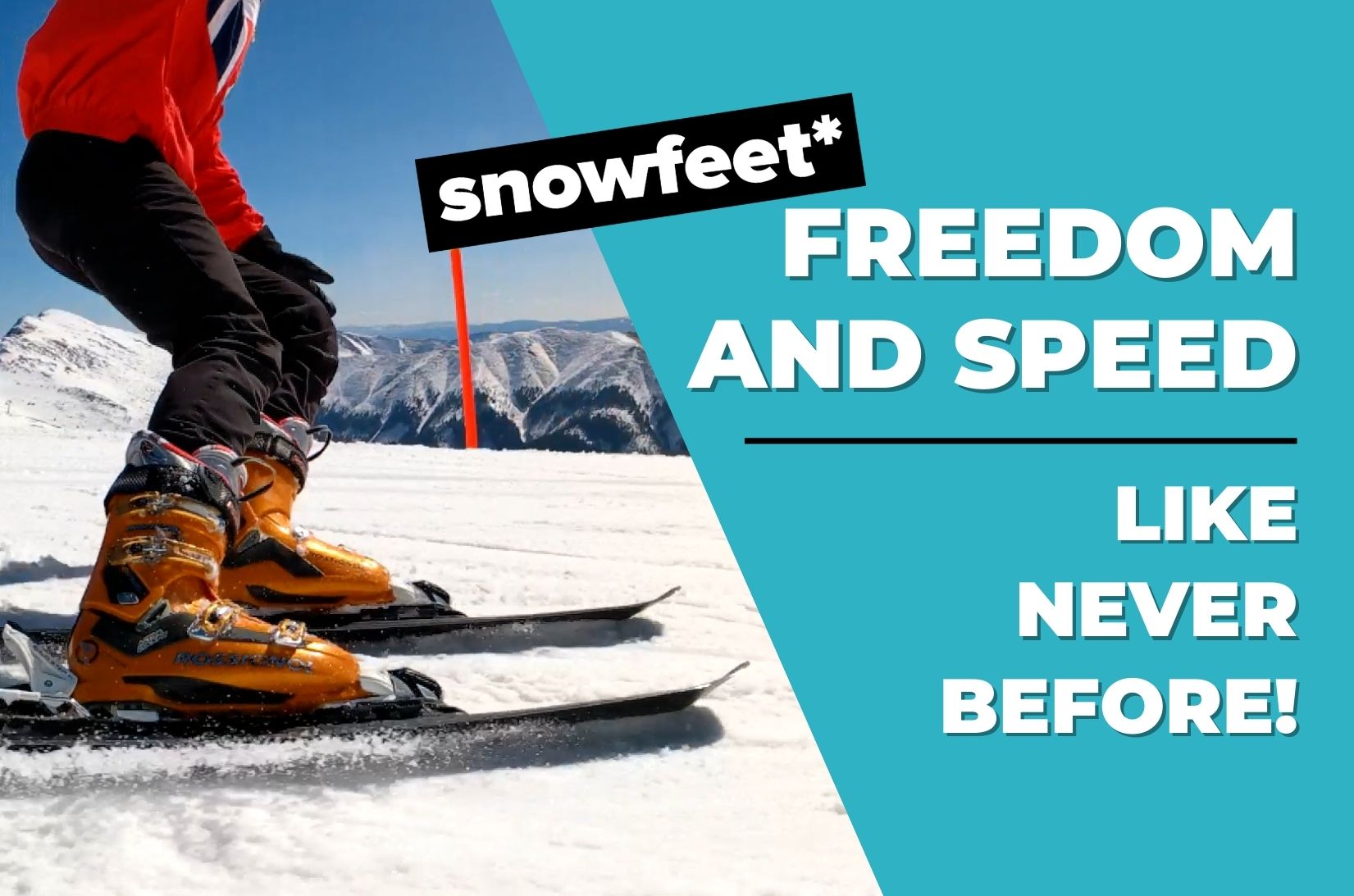
I sci corti sono ottimi per tutti i livelli di abilità degli sciatori. Rendono lo sci più facile e divertente.

Divertimento + Libertà
Super divertente per andare all'indietro, girare, saltare e fare ogni tipo di acrobazia che puoi fare sulle piste e nei snow park.

Facile da imparare
Curva di apprendimento rapida. Gli sci più corti sono ottimi per principianti, intermedi e professionisti che vogliono godersi al massimo la loro vacanza sugli sci.

Facile da controllare
Gli sci più corti sono facili da girare e muovere perché sono più piccoli e leggeri, rendendo più semplice controllare i movimenti sulla neve.
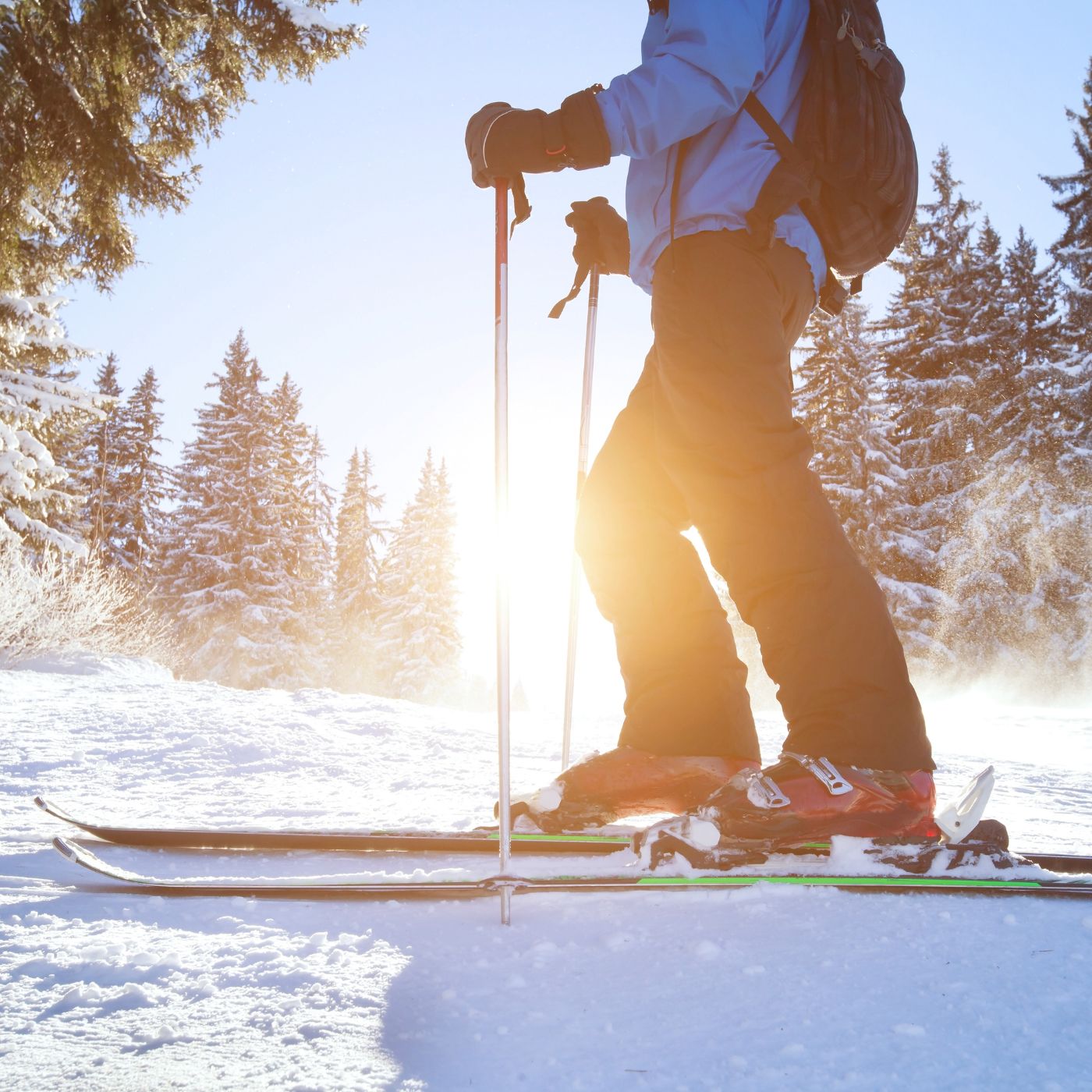
Come scelgo la lunghezza giusta degli sci?
Add your subtitle
Scegli una lunghezza degli sci in base al tuo livello di abilità, altezza e stile di sciata. Generalmente, i principianti dovrebbero scegliere sci più corti, mentre gli sciatori avanzati potrebbero preferire quelli più lunghi.

Gli sci corti sono migliori?
Add your subtitle
Sì, con gli sci corti puoi girare rapidamente e affrontare facilmente le gobbe, il che è fantastico per i principianti e per chi ama fare acrobazie. Sono anche più leggeri, quindi non ti stancherai così in fretta quando scii a lungo. In generale, gli sci più corti rendono lo sci più facile e divertente!

Quali sono gli sci migliori per principianti?
Add your subtitle
Per i principianti, gli sci migliori sono tipicamente quelli più corti, più morbidi e con una vita più larga. Queste caratteristiche rendono gli sci più facili da controllare, girare e più divertenti per chi sta appena iniziando.
Come scelgo la lunghezza giusta degli sci?
Add your subtitle
Scegli una lunghezza degli sci in base al tuo livello di abilità, altezza e stile di sciata. Generalmente, i principianti dovrebbero scegliere sci più corti, mentre gli sciatori avanzati potrebbero preferire quelli più lunghi.
Gli sci corti sono migliori?
Add your subtitle
Sì, con gli sci corti puoi girare rapidamente e affrontare facilmente le gobbe, il che è fantastico per i principianti e per chi ama fare acrobazie. Sono anche più leggeri, quindi non ti stancherai così in fretta quando scii a lungo. In generale, gli sci più corti rendono lo sci più facile e divertente!
Quali sono gli sci migliori per principianti?
Add your subtitle
Per i principianti, gli sci migliori sono tipicamente quelli più corti, più morbidi e con una vita più larga. Queste caratteristiche rendono gli sci più facili da controllare, girare e più divertenti per chi sta appena iniziando.



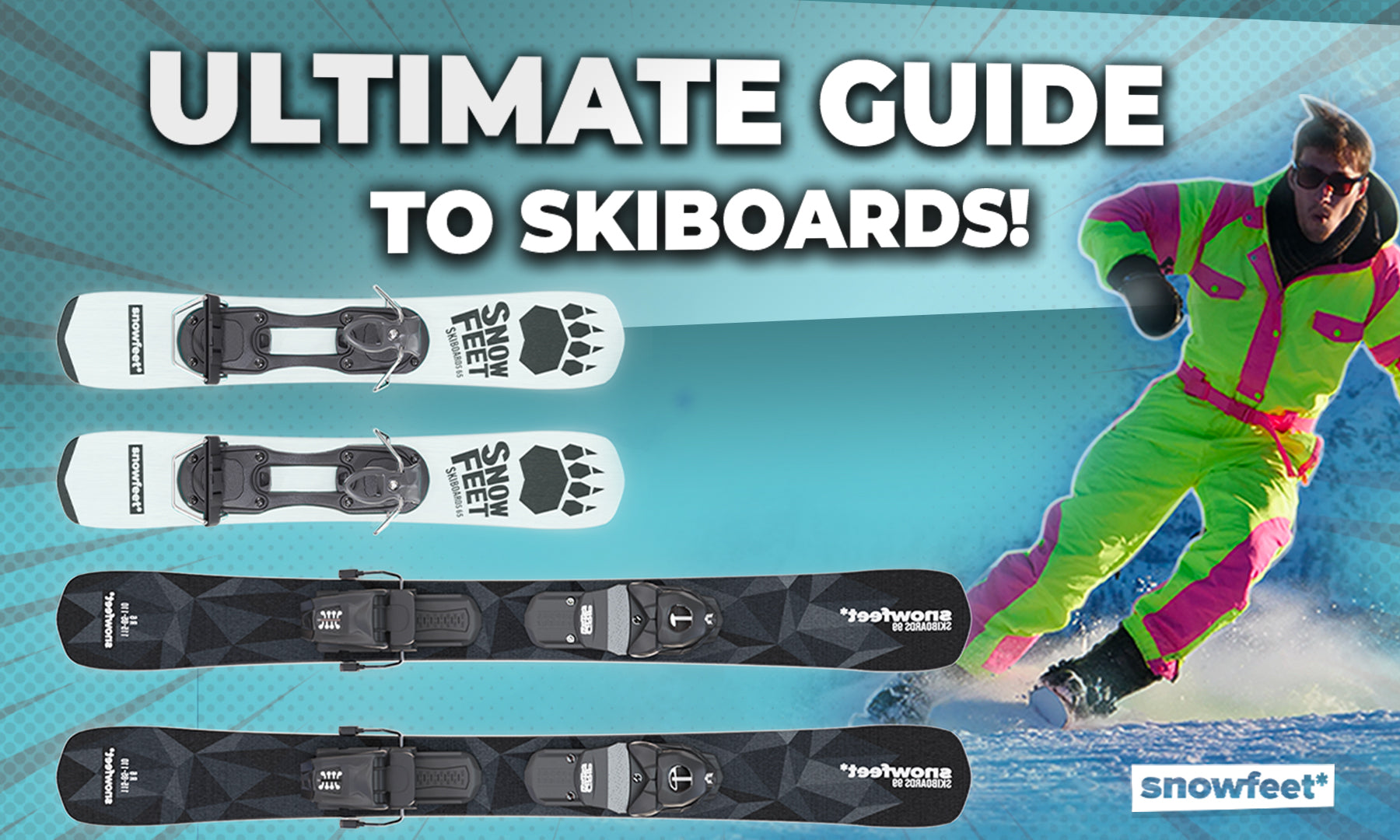
Costruzione di alta qualità
Utilizziamo solo materiali di alta qualità per la produzione e progettiamo solo prodotti unici e innovativi con l'obiettivo di creare sempre il miglior prodotto nella sua categoria.
Ci sono quattro tipi principali di sci: Sci alpini sono per piste battute e velocità, sci all-mountain sono versatili e funzionano bene su varie piste, rendendoli adatti a diverse condizioni. Sci freestyle sono progettati per trucchi e salti nei parchi di terreno, con una forma più corta e manovrabile. Sci da powder sono più larghi per aiutarti a galleggiare sulla neve profonda, rendendoli ideali per lo sci fuori pista o in backcountry. Quando scegli gli sci, pensa a dove scierai principalmente e al tipo di esperienza che desideri.
Per scegliere la lunghezza giusta degli sci, considera il tuo livello di abilità e il tipo di sciata che preferisci. Se sei un principiante, opta per sci più corti della tua altezza per un controllo più facile. Gli sciatori intermedi possono scegliere sci vicini alla loro altezza per un equilibrio tra stabilità e controllo, mentre gli sciatori avanzati potrebbero preferire sci più lunghi per maggiore velocità e stabilità. Gli sciatori freestyle spesso scelgono sci più corti per agilità, mentre gli sciatori fuori pista potrebbero preferire sci più lunghi per una migliore galleggiabilità nella neve profonda.
Per fermarti sugli sci, crea una forma a pizza con gli sci puntando le punte verso l'interno. Spingi i talloni verso l'esterno e premi sui bordi interni degli sci. Questo ti rallenta. Puoi anche girare gli sci di lato per afferrare la neve e fermarti. Esercitati su pendii facili finché non prendi confidenza!
Per mantenere i tuoi sci in buone condizioni, cerca graffi e falla riparare. Dopo aver sciato, pulisci eventuale sporco o umidità e conservali in un luogo fresco e asciutto. Di tanto in tanto, applica della cera sulla base per farli scivolare meglio. Controlla se gli attacchi sono regolati correttamente; se non sei sicuro, chiedi a qualcuno che conosce gli sci. Questi semplici passaggi faranno durare di più i tuoi sci e miglioreranno la tua esperienza di sci.
Per i principianti, si consiglia di scegliere sci più corti, leggeri e con una larghezza del centro più ampia. Queste caratteristiche rendono gli sci più facili da controllare e manovrare, il che è essenziale per l'apprendimento. Cerca sci con una forma adatta ai principianti, spesso caratterizzati da una punta e una coda leggermente più larghe. Considera di noleggiare o acquistare un pacchetto sci per principianti che includa attacchi e scarponi.
Sì, puoi usare i bastoncini da sci per tutti i tipi di sci. I bastoncini da sci forniscono equilibrio, aiutano nelle curve e assistono nella spinta su sezioni pianeggianti. La lunghezza dei bastoncini può variare in base al tipo di sci che stai praticando. Per esempio, gli sciatori freestyle spesso usano bastoncini più corti per una maggiore manovrabilità, mentre gli sciatori fuori pista potrebbero preferire quelli più lunghi per attraversare terreni vari. Assicurati che i bastoncini siano della lunghezza giusta per la tua altezza e stile di sci, e usali per migliorare stabilità e controllo indipendentemente dal tipo di sci che preferisci.
Il metodo dello sci corto, noto anche come tecnica a "cuneo" o "pizza", è un modo di sciare adatto ai principianti in cui si forma una forma a V con le punte anteriori degli sci avvicinandole, somigliando a una fetta di pizza. Questa tecnica aiuta a controllare la velocità e offre stabilità ai nuovi sciatori. Applicando pressione ai bordi interni degli sci e mantenendo le punte a forma di cuneo, puoi rallentare e affrontare le piste più facilmente. Il metodo dello sci corto è spesso una delle prime tecniche insegnate ai principianti per aiutarli a guadagnare fiducia e controllo mentre imparano a sciare.
Gli sci possono essere corti. Gli sci corti sono spesso consigliati ai principianti perché offrono maggiore manovrabilità e sono più facili da controllare, aiutando i nuovi sciatori a costruire fiducia durante l'apprendimento. Gli sci più corti sono anche popolari per alcuni tipi di sci, come lo sci freestyle o park, dove agilità e curve rapide sono essenziali. Tuttavia, la lunghezza appropriata degli sci dipende da vari fattori, tra cui il livello di abilità dello sciatore, l'altezza, il peso e il tipo di sci che preferisce. È importante considerare questi fattori e consultare un professionista esperto quando si sceglie la lunghezza giusta degli sci per le proprie esigenze e preferenze specifiche.
Dovresti sciolinare i tuoi sci ogni 4-6 giorni di sci o ogni volta che noti che la base è secca o non scorre bene. Se scii frequentemente, considera di sciolinare più spesso per mantenere i tuoi sci in buone condizioni.
Alcune persone trovano lo sci più facile perché i movimenti sono più naturali e simili a camminare. Con gli sci, ogni gamba è indipendente, il che può rendere più facile mantenere l'equilibrio per alcuni principianti. D'altra parte, altri trovano lo snowboard più facile perché la curva di apprendimento per i movimenti di base potrebbe essere più dolce. Lo snowboard comporta affrontare in avanti e usare una tavola singola, che alcuni trovano più intuitiva.
Sì, le persone alte possono usare sci corti. La lunghezza degli sci dipende da fattori come abilità e preferenza, non solo dall'altezza. Gli sci corti offrono manovrabilità e controllo, adatti sia ai principianti che agli sciatori esperti.
Per sciare, è importante indossare strati per mantenersi caldi e asciutti. Inizia con uno strato base traspirante per allontanare il sudore dalla pelle, aggiungi uno strato isolante per il calore e termina con uno strato esterno impermeabile e traspirante per proteggerti da neve e vento. Indossa pantaloni isolati e impermeabili, guanti o muffole impermeabili, un cappello o casco e occhiali da sole per proteggere gli occhi dal sole e dalla neve. Non dimenticare stivali robusti e impermeabili e calze calde. Vestirsi a strati ti permette di adattarti alle condizioni meteorologiche variabili ed è fondamentale rimanere comodi e asciutti per goderti al meglio l'esperienza dello sci.
Per verificare se gli scarponi da sci calzano bene, assicurati che le dita tocchino appena la parte anteriore senza far male. Il tallone dovrebbe sentirsi aderente e, quando allacci gli scarponi, dovrebbero essere sicuri ma non troppo stretti. Controlla eventuali punti del piede che risultano scomodi e cammina un po' per assicurarti che siano comodi e stabili.
Per scegliere gli attacchi da sci giusti, considera la tua abilità nello sci, il peso e il tipo di sci che farai. Gli attacchi devono corrispondere alla misura del tuo scarponi da sci e avere la larghezza del freno appropriata per adattarsi alla larghezza dei tuoi sci. Per i principianti, cerca attacchi con un'impostazione di rilascio più bassa per una maggiore sicurezza. Se sei uno sciatore avanzato, considera attacchi con caratteristiche di prestazioni più elevate.
#SNOWFEET
Unisciti alla nostra crescente comunità Snowfeet